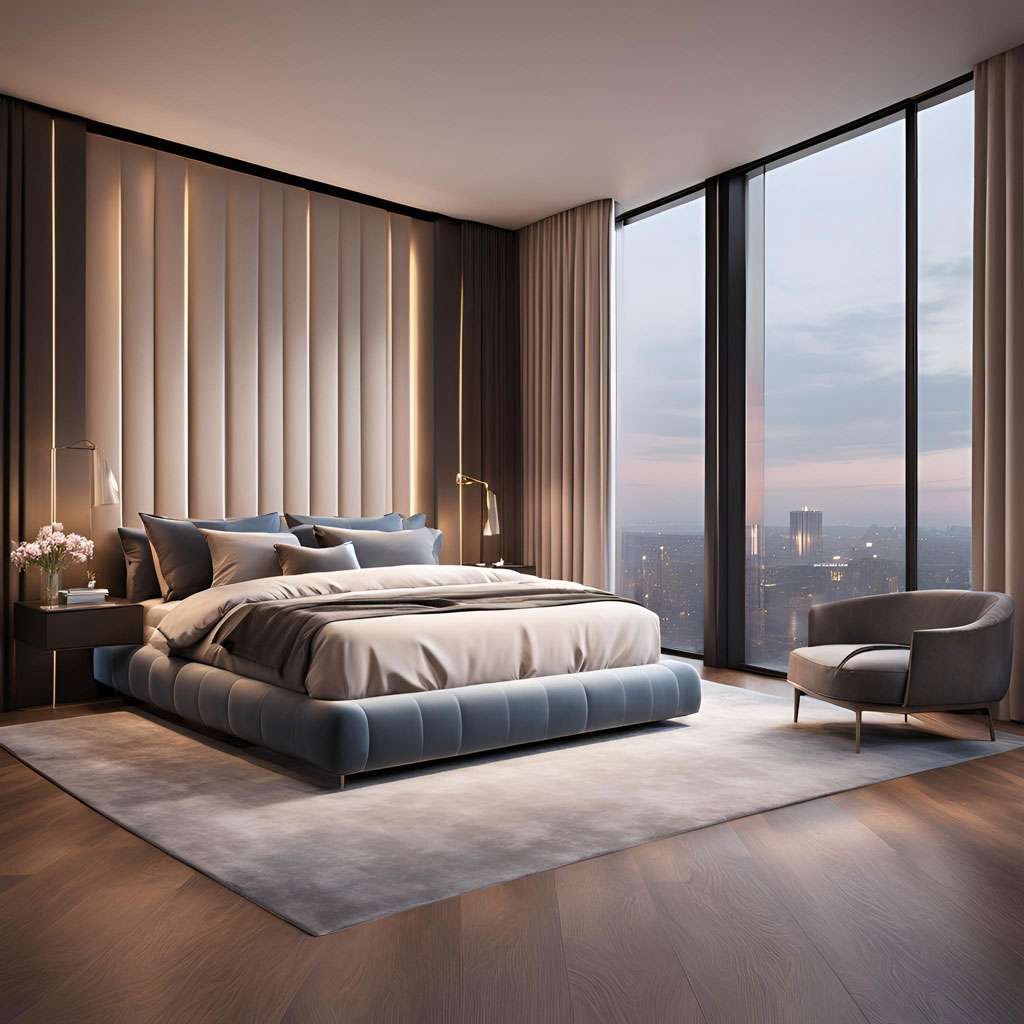How much ram is needed for 3d rendering?
When it comes to 3D rendering, the amount of RAM (Random Access Memory) required can vary significantly depending on several factors, including the complexity of the 3D models, the resolution of the textures, and the specifics of the rendering project. At Luxe3D.co.uk, we understand that having the right amount of RAM is crucial for efficient and effective 3D rendering. Here’s a comprehensive guide to determining the RAM needed for 3D rendering:

Not every rendering task is the same and not every modeling task is the same.
Rule of thumb: The more complex your models and the higher resolution your textures,
the more RAM you’ll need. Basically, the more you throw at it, the more you need.
I don’t generally recommend less than 16GB for most people working in 3D and 32GB systems are so affordable
that it’s pretty reasonable to go for it. Beyond that…. if you need it, you need it.
The last thing you want to do is have a system paging… paging will kill your render times.
1. Understanding RAM’s Role in 3D Rendering:
RAM plays a critical role in 3D rendering by providing the necessary memory to store and process data related to 3D models, textures, lighting, and rendering settings. During the rendering process, the computer’s RAM is used to hold the information that the CPU (Central Processing Unit) and GPU (Graphics Processing Unit) need to generate the final image or animation.
- Data Storage: RAM temporarily stores the 3D model’s geometry, textures, and materials.
- Processing Power: It supports the computational tasks involved in rendering, such as calculations for lighting, shading, and effects.
- Efficiency: Adequate RAM ensures smooth and efficient handling of complex scenes without excessive swapping or slowdowns.
2. Basic Recommendations for RAM in 3D Rendering:
- Minimum Requirements: For simple 3D rendering tasks or beginner-level projects, a minimum of 8GB of RAM might suffice. This amount of RAM can handle basic models and textures but may struggle with more detailed or complex scenes.
- Recommended Amount: For most users working in 3D design and rendering, 16GB of RAM is generally recommended. This amount provides a balanced performance for handling moderate complexity in models, textures, and scenes.
3. Advanced RAM Requirements for Complex Projects:
- High-Resolution Textures and Detailed Models: When working with highly detailed models, high-resolution textures, or intricate CGI scenes, more RAM is needed to manage the increased data. For these scenarios, 32GB of RAM is often advisable. This amount supports better performance and reduces the likelihood of memory-related issues during rendering.
- Professional and High-End Projects: For professional-grade 3D rendering, especially in fields such as architectural visualization, film production, and virtual reality (VR), 64GB or more RAM may be necessary. This higher capacity ensures smooth handling of large scenes, complex simulations, and high-quality outputs.
4. Impact of RAM on Rendering Performance:
- Rendering Speed: More RAM can improve rendering speed by reducing the need for the system to use slower storage solutions (such as hard drives) for temporary data. This results in faster processing times and fewer delays.
- Stability: Adequate RAM reduces the risk of crashes or instability during rendering, as it provides enough memory to handle all the data and processing tasks.
- Multitasking: With more RAM, users can efficiently run other applications alongside rendering tasks, such as modeling software, compositing tools, or video editing programs, without impacting performance.
5. Optimizing RAM Usage:
- Efficient Scene Management: Optimize your 3D scenes by simplifying models, reducing unnecessary details, and using lower-resolution textures where possible. This approach can help manage RAM usage more effectively.
- Render Settings: Adjust rendering settings to balance quality and performance. For example, lower the render resolution or reduce the number of rendering passes if you’re experiencing memory constraints.
- Upgrade Options: If you find that your current system’s RAM is insufficient, consider upgrading to a higher capacity to meet the demands of more complex projects. Investing in additional RAM can provide significant benefits in terms of performance and efficiency.
6. Luxe3D’s Approach to RAM and Rendering:
At Luxe3D.co.uk, we utilize high-performance systems equipped with ample RAM to handle a wide range of 3D rendering projects. Our setups include configurations with 32GB or more RAM to ensure that we can manage complex scenes, detailed textures, and high-resolution outputs efficiently. By using the right amount of RAM, we deliver high-quality 3D designs, CGI, video walkthroughs, and virtual reality experiences with optimal performance and reliability.
In summary, the amount of RAM needed for 3D rendering depends on the complexity of the project and the level of detail required. While 8GB may be sufficient for basic tasks, 16GB is recommended for most users, and 32GB or more is ideal for complex and professional projects. At Luxe3D.co.uk, we ensure that our systems are equipped with the necessary RAM to handle diverse 3D rendering tasks efficiently, providing our clients with exceptional results and seamless performance.
